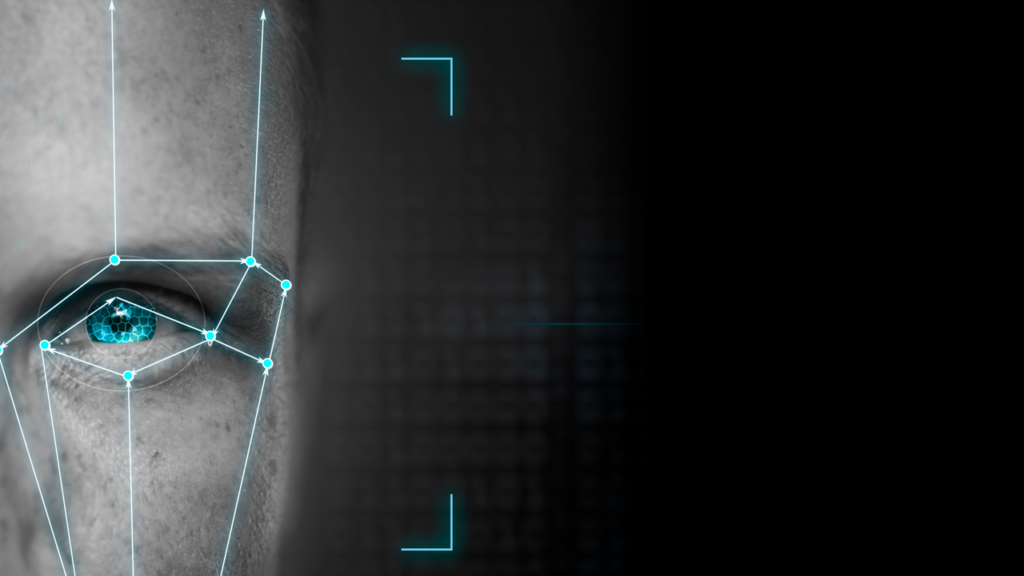The types and volumes of data used in criminal investigations continue to expand, seemingly without limit. Modern networks and the devices communicating across them are awash in potential evidence about suspects, while new apps, services, and other technologies complicate the data landscape. And, while intended for privacy protection, the ubiquitous use of encryption obscures individuals and important communications from investigators. To fill these gaps, new data sources have proven to be increasingly valuable, such as mobile location and social wires.
Minimizing what’s hidden and amplifying what information is available to analysts is a core challenge for law enforcement agencies (LEAs), which must accommodate this growing complexity within the realities of time and budget pressures. Investigators can exhaust time and energy culling irrelevant data to draw insights from the remainder. Lawful intelligence technologies exist to streamline and improve the outcomes of those workflows to give investigators visibility, efficiency, and control over data.
Emerging AI use cases for lawful intelligence promise new capabilities for speeding up the process of analyzing increasing amounts of investigative data. AI, in particular, excels at sifting through large volumes of information to find patterns of behavior or identify suspects or witnesses in video feeds. It does this far faster than a human analyst could; automating these vital but tedious tasks allows human operators to focus their attention on higher-value work. Moreover, sophisticated AI models offer unique data-analysis capabilities, from mapping out criminal organization hierarchies to predicting criminal activity.
Empowering Investigators with AI Tools
AI Computer Vision such as facial recognition and automatic number-plate recognition (ANPR) technologies have become widely adopted; and newer uses of Computer Vision, such as visual weapon detection, are showing great promise. These examples show the value of AI in recognizing small bits of evidence within huge dataflows and demonstrate its perceptual capabilities to interpret the natural world in a structured way and generate data that describes it. Patterns in facial recognition or ANPR data can help predict the movements of vehicles or suspects, adding a richer dimension to the information that lawful intelligence can draw on. At the same time, trained object detection can identify not just the presence of a weapon but classify its type as well.
Insights from AI-enhanced tools and practices can strengthen and accelerate the entire workflow of an investigation, ultimately helping LEAs intelligently confront crime and build stronger cases. AI mechanisms can generate insights that make it easier to identify and unmask criminal actors, as well as reveal patterns of life and behavior. Those same patterns can point to associates, illustrating how criminal organizations are structured, how they operate, and where their potential points of weakness are. Broadly, AI technologies in the context of lawful intelligence serve to extend and improve what LEAs are already doing.
Voice analytics is perhaps the longest-standing use of AI by law enforcement. An array of language models and voice signature analytics can estimate a speaker’s language, dialect, gender, and even emotional state. This intelligence can be a valuable adjunct to, or confirmation of, the experience and intuition of human investigators. It can also be a significant force multiplier, performing speech-to-text transcription and parsing details from complex environments to advance investigations. Off-the-shelf capabilities in generative AI (such as ChatGPT and Bard) can form notes from a crime scene into a nearly complete police report, allowing officers to return to the field or move to new cases quicker.
Extending LEAs’ Reach into Data-Intensive Evidence
Looking ahead, the potential for AI in lawful intelligence is only beginning to be revealed. From its vantage point at the intersection of law enforcement and technology, SS8 will continue to help drive the extension of AI into lawful intelligence operations, from automating routine tasks to rendering insights out of vast collections of data. The ecosystem of tools that offer value to LEAs in this area is extensive, but the tools are often obscure and specialized. For example, AI performed on a video from a seized device can identify if it has been hosted on a social media platform and can even identify the model of the smartphone it was recorded on. This aids investigators in tracing the movement of the video, hopefully back to its source. Demonstrating this learned information dramatically increases the value of that medium as evidence. SS8 is helping LEAs navigate this emerging landscape.
The potential is enormous. Applying AI-driven analytics to a ransom video might reveal insights about the location and status of a kidnapping victim using clues from the angle of sunlight in a frame to distinctive architecture, foliage, or sounds in the background. The SS8 lawful intelligence platform combines this diverse and unstructured data with other data sources and the broader universe of investigative data to provide a common view for analysts, all while maintaining the integrity of the original materials and transparency into any enhancements, such as what is provided by AI.
AI extends the possibilities for providing more useful data points in an investigation, as well as for discerning the relationships between them to reveal new insights and avenues for inquiry. In a world of data that becomes more complex by the day, AI may arrive just in time to help investigators connect the breadcrumbs and protect society.
About Kevin McTiernan
 Kevin has over 20 years of extensive experience in the telecommunications and network security industries. At SS8, Kevin is the VP of Government Solutions and is responsible for leading the vision, design, and delivery of SS8’s government solutions, including the Xcipio® compliance portfolio. You can learn more about Kevin on his LinkedIn profile by clicking here.
Kevin has over 20 years of extensive experience in the telecommunications and network security industries. At SS8, Kevin is the VP of Government Solutions and is responsible for leading the vision, design, and delivery of SS8’s government solutions, including the Xcipio® compliance portfolio. You can learn more about Kevin on his LinkedIn profile by clicking here.
About SS8 Networks
As a leader in Lawful and Location Intelligence, SS8 helps make societies safer. Our commitment is to extract, analyze, and visualize the critical intelligence that gives law enforcement, intelligence agencies, and emergency services the real-time insights that help save lives. Our high performance, flexible, and future-proof solutions also enable mobile network operators to achieve regulatory compliance with minimum disruption, time, and cost. SS8 is trusted by the largest government agencies, communications providers, and systems integrators globally.
Intellego® XT monitoring and data analytics portfolio is optimized for Law Enforcement Agencies to capture, analyze, and visualize complex data sets for real-time investigative intelligence.
LocationWise delivers the highest audited network location accuracy worldwide, providing active and passive location intelligence for emergency services, law enforcement, and mobile network operators.
Xcipio® mediation platform meets the demands of lawful intercept in any network type and provides the ability to transcode (convert) between lawful intercept handover versions and standard families.
To learn more, contact us at info@ss8.com.


